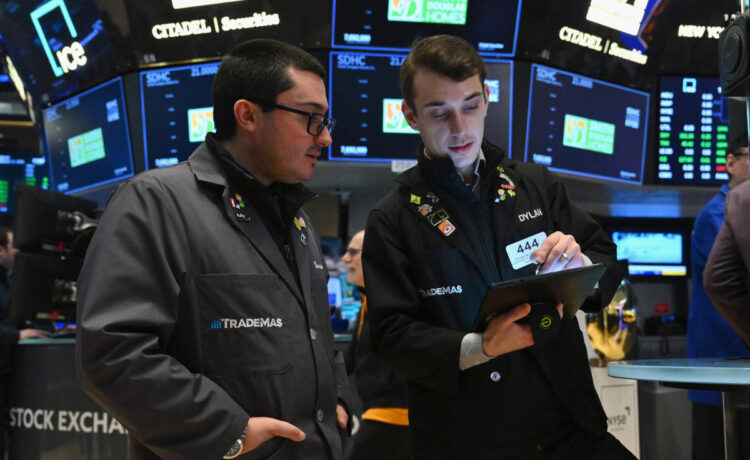The US dollar (DX=F, DX-Y.NYB) further retreated from near two-year highs on Friday, falling to a one-month low after President Trump said he would “rather not” impose tariffs on China.
The US Dollar Index, which measures the dollar’s value relative to a basket of six foreign currencies — the euro, Japanese yen, British pound, Canadian dollar, Swedish krona, and Swiss franc — is tracking for its worst week in over a year.
Recent pressure in the US dollar has largely been driven by two main catalysts: Trump’s election and the subsequent Republican sweep, along with the recalibration of future Fed easing in the face of strong economic data.
But the unknown of Trump’s tariff policy has been the biggest driver in recent weeks and looks set to remain that way in the months ahead.
Despite recent moves to the downside, analysts at Bank of America argue it remains sensible for the market to continue to price in tariff risk when it comes to the dollar.
“Even if tariffs are delayed, they are likely to be a key policy pillar for the new administration,” wrote Adarsh Sinha, lead FX and rates strategist at BofA. “More importantly, uncertainty around the timing of tariff increases remains.”
Capital Economics, meanwhile, expects the dollar index to climb further this year, noting that, when adjusted for inflation, the greenback is at its strongest levels since the signing of the pro-growth international agreement, the Plaza Accord, in 1985.
“We think that US tariff policy and shifts in interest rates could push the dollar up further in the coming quarters,” Simon MacAdam, deputy chief global economist at Capital Economics, wrote on Friday.
Trump declined to enact a tariff order during his first day in office, instead issuing a memorandum on Monday directing federal agencies to evaluate US trade policy.
But as Yahoo Finance’s Ben Werschkul has reported, Trump’s first week in office saw a range of new tariff threats against nations, ranging from Russia to members of the European Union. Up first, Trump says, are 25% tariffs on Canada and Mexico and 10% duties on China that could be implemented as soon as Feb. 1.
Kyle Chapman, FX markets analyst at Ballinger Group, wrote in an email on Monday that the lack of day-one blanket tariffs “is the biggest clue yet that we could be peak dollar, although I would not get my hopes up just yet.”

















